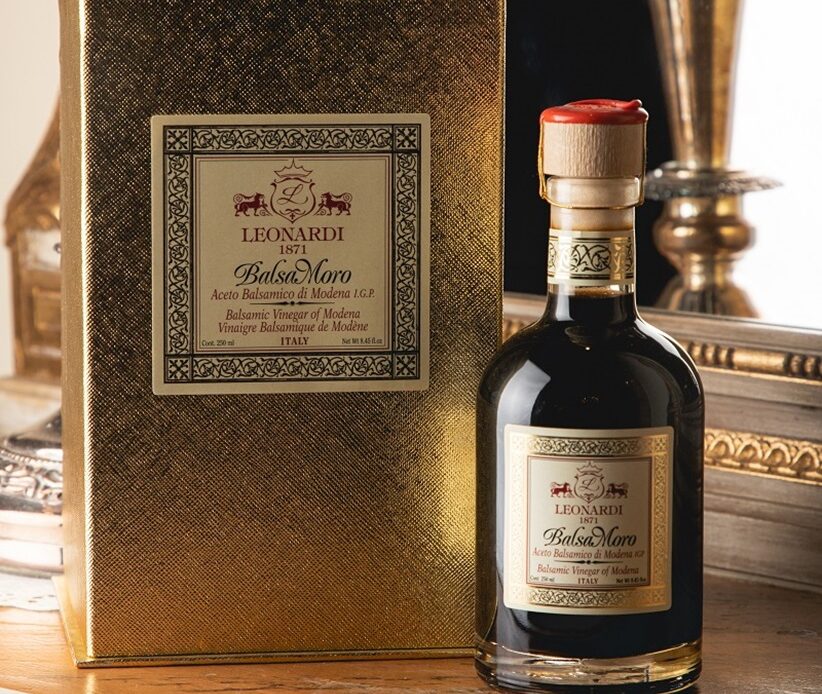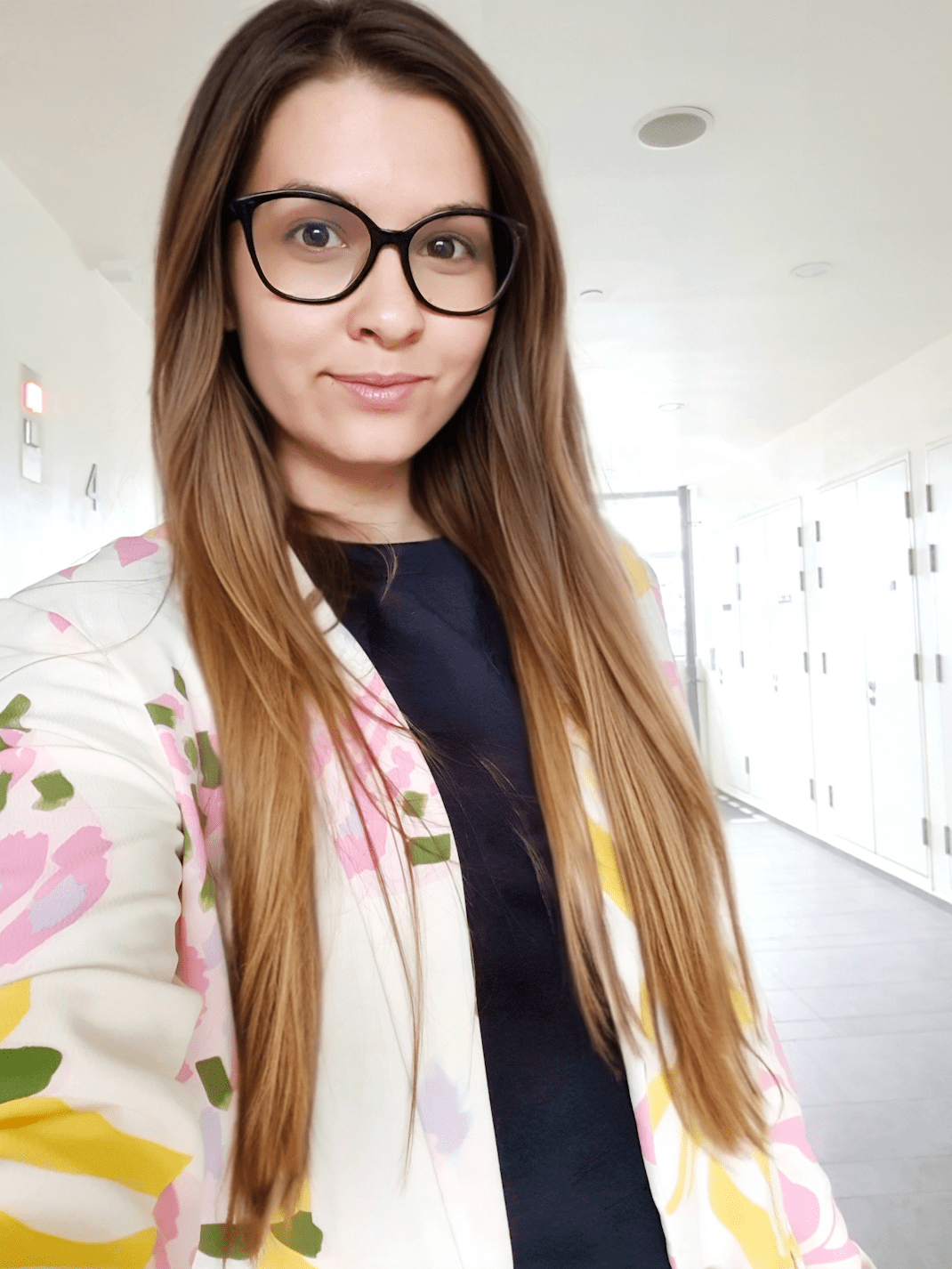Lifestyle
How to recognize the best balsamic vinegar?

There are simple straightforward ways to recognize good quality balsamic vinegar when standing in a supermarket in front of a dozen different labels.
The secrets we will share below will help you not only recognize the best balsamic vinegar but therefore have available in your kitchen a product of the highest quality that can add that touch of uniqueness to your cooking.
Go for a recognized brand
The world of balsamic vinegar of Modena is full of traditions, family secrets passed from generation to generation, and a deep love for what is considered a national patrimony, the historical production of this dark, syrupy, tart, and at the same time, sweet ingredient. No surprise it’s an Italian product, after all, Italy is well-known for its food.
To make sure you are choosing the best balsamic vinegar of Modena, your best bet is to go for a recognized name, like Acetaia Leonardi.
This acetaia, which is the name of the place where balsamic vinegar is made, has its own vineyard of typical Lambrusco and Trebbiano grapes, but what is more, every step in the production cycle happens in the property, under the guidance of a family that has been making balsamic vinegar of the highest quality for years, and always following the established regulations that guarantee a very balanced final product with incredible flavors, unique perfumes, and the honey-like texture that has enchanted chefs around the world
Look at the bottle and the label
When looking for the best quality balsamic vinegar, there are a few hints that will lead you in the right direction.
What should the bottle look like? Historically, balsamic vinegar has been presented in glass bottles. As a fun fact, bottles are regulated and can tell a whole lot about the type of balsamic vinegar they hold.
However, it’s the label where all the information you need to recognize the best balsamic vinegar. The real balsamic vinegar is produced in the province of Modena and Reggio Emilia, using grapes from this particular region, like Lambrusco, Ancellotta, Trebbiano, Sauvignon, and Berzemino, among others, and following a strict set of rules and regulations that guarantee the quality of the final product.
On the label, we should avoid being misled by the name of balsamic vinegar of Modena, since many imitations claim that name, we should instead look for the denominations IGP or DOP.
These denominations mean that the balsamic vinegar we are buying is up to certain standards and guarantee we are using a product that is of the highest quality.
DOP or IGP?
The main difference between these two denominations is in the production process.
When we are talking about the balsamic vinegar of Modena IGP, we have a product made with grape must from a variety of local grape kinds, like Lambrusco, Sangiovese, Trebbiano, Albana, Ancellotta, Fortana, Montuni. Once the grape must is obtained, a quote of aged balsamic vinegar is added to the mix, and it’s let to age for a minimum of 60 days in wooden barrels, but this time could be longer too.
In the case of the traditional balsamic vinegar of Modena DOP, we find grapes as the unique ingredient, with the following varieties as the base of the grape must: Lambrusco, Ancellotta, Trebbiano, Sauvignon, Berzemino, Sgavetta e Occhio di Gatta. In this case, the aging process is a lot longer, with a minimum of 12 years in wooden barrels (commonly known as “affinato”) or also 25 years (which is called “extra vecchio”).
Conclusion
There are a few tips that can help anyone recognize the best balsamic vinegar. Going for quality in such a special and unique product will without a doubt, influence the quality of your cooking, therefore is imperative to choose wisely.
Lifestyle
The Future of Education Through Patricia Vlad’s Eyes

The traditional systems that once defined learning, rigid curricula, standardized testing, and a narrow focus on academic performance, are increasingly being questioned. And why is that?
Starting in the 1880s, thinkers like John Dewey advocated for a shift in teaching methods, leading to the rise of progressive education. Unlike traditional models that emphasize rote learning and job preparation, progressive education puts students at the center of the learning experience. Changemakers like Patricia Vlad also believe that hands-on, experiential learning is the key to deeper understanding. This approach prioritizes critical thinking, curiosity, and personal passions, encouraging students to become lifelong learners who actively engage with new ideas and problem-solving. Schools and parents that embrace this model focus not just on what students need to know but on how they can continue to grow and adapt throughout their lives.
As the world changes, so do the skills, knowledge, and adaptability students need to succeed. The future of education is about personalization, inclusivity, emotional intelligence, and meaningful learning experiences.
With years of global teaching experience, Patricia has seen firsthand how different education systems approach learning. She believes that the future of education must embrace neuroscience, technology, and self-awareness to create a system that is not just efficient but also empowering for students.
“Education should be about more than just passing tests. It should equip students with the skills to navigate life, understand their strengths, and feel empowered in their learning journey,” Patricia emphasizes.
The Future Belongs to the Emotionally Intelligent
Unlike technical skills that may become obsolete with automation, EI – our ability to understand and manage emotions, build relationships, and navigate challenges, remains uniquely human. It plays a crucial role in self-awareness, resilience, effective communication, helping individuals excel in both personal and professional life.
When it comes to EQ, think of it like this: Kids with strong emotional intelligence are better at handling stress, resolving conflicts, and overcoming challenges. Studies suggest that EQ is a stronger predictor of long-term success than IQ. And let’s be real, no matter how advanced AI gets, it will never replace the depth and impact of human connection.
How LevelUp Cultivates Emotional Intelligence Through Patricia’s Coaching
1. Learning Will Be Personalized and Strength-Based
Instead of forcing students to fit into a system, education will be tailored to each child’s learning style, strengths, and interests. Neuroscience-backed methods – such as learning based on attention spans, emotional regulation, and brain development research – will be used to create adaptive learning environments, allowing students to progress at their own pace.
Through tools like LevelUp, which incorporates the Big Five Personality Model, teachers and parents will have a better understanding of a child’s cognitive profile, enabling them to offer more personalized support.
2. Emotional Intelligence Will Be a Core Part of Learning
The future classroom won’t just cover maths, science, history, or even language – it will also focus on self-awareness, empathy, and social skills. As research shows language doesn’t just communicate thought; it actively shapes it. The intentional use of language can influence how the brain processes emotion, memory, and social connection – making it a powerful tool for developing emotional intelligence.
LevelUp integrates EI into its framework, ensuring students not only understand themselves better but also build confidence, manage stress, and develop strong interpersonal skills.
3. Education Will Be More Interdisciplinary
The future of learning will move away from isolated subjects and toward interdisciplinary education, where concepts from different fields are connected and applied to real-world problems.
For example, students might blend neuroscience with psychology to understand learning processes or combine technology and art to develop creative solutions.
4. Technology Will Support, Not Supplant Human Connection
In the classroom of the future, meaningful engagement between students and teachers will remain at the heart of learning. Peer collaboration, hands-on projects, and real-time feedback from teachers will continue to be irreplaceable elements of education.
Technology will play a supporting role enhancing, rather than dominating, the learning process.
Whether through gamified modules, virtual simulation, or adaptive platforms, tools like LevelUp will be used intentionally to deepen understanding and personalize feedback, always in service of human connection, not as a substitute for it.
5. Schools, Parents, and Students Will Work Together
Education won’t be confined to the classroom. Parents will play a bigger role in guiding their children’s learning, using tools like LevelUp to track progress, support emotional development, and encourage curiosity at home.
By strengthening the parent-child-teacher connection, education will become a team effort, ensuring every student receives the support they need to reach their full potential.
A Future Built on Empowerment
By combining neuroscience, technology, and emotional intelligence, Patricia is helping to reshape education into something that prepares students not just for exams, but for life itself.
A truly effective education system values each student’s creativity and passions—not just their ability to recall information. Instead of just delivering information and expecting rote memorization for test scores, teachers encourage active, hands-on learning through projects, experiments, and peer collaboration. This approach allows students to explore topics that genuinely interest them, making learning more engaging, meaningful, and personal.
The LevelUp platform, developed under Patricia’s leadership, is contributing to a growing shift toward education that is rooted in self-awareness and real-world readiness. Additionally, emotional intelligence is a core part of learning, not an afterthought.
One story that sticks with Patricia is that of a student named Ethan, who had always been labelled “distracted” in class. His teachers described him as bright but inconsistent, often zoning out or fidgeting during lessons. When his LevelUp profile revealed high reactivity and strong openness, a new picture emerged: Ethan wasn’t disengaged—he was overwhelmed by too much information at once and thrived when topics were explored through hands-on, creative activities.
With this insight, his teacher began breaking tasks into smaller steps and introducing art and building projects tied to the curriculum. For the first time, Ethan started raising his hand during class and even stayed back after school to show his work. “We’d been trying to ‘fix’ him when all we needed was to understand him,” his teacher later shared.
It was a small shift, but for Ethan, it changed everything.
-

 Tech5 years ago
Tech5 years agoEffuel Reviews (2021) – Effuel ECO OBD2 Saves Fuel, and Reduce Gas Cost? Effuel Customer Reviews
-

 Tech6 years ago
Tech6 years agoBosch Power Tools India Launches ‘Cordless Matlab Bosch’ Campaign to Demonstrate the Power of Cordless
-

 Lifestyle6 years ago
Lifestyle6 years agoCatholic Cases App brings Church’s Moral Teachings to Androids and iPhones
-

 Lifestyle5 years ago
Lifestyle5 years agoEast Side Hype x Billionaire Boys Club. Hottest New Streetwear Releases in Utah.
-

 Tech7 years ago
Tech7 years agoCloud Buyers & Investors to Profit in the Future
-

 Lifestyle5 years ago
Lifestyle5 years agoThe Midas of Cosmetic Dermatology: Dr. Simon Ourian
-

 Health7 years ago
Health7 years agoCBDistillery Review: Is it a scam?
-

 Entertainment6 years ago
Entertainment6 years agoAvengers Endgame now Available on 123Movies for Download & Streaming for Free
